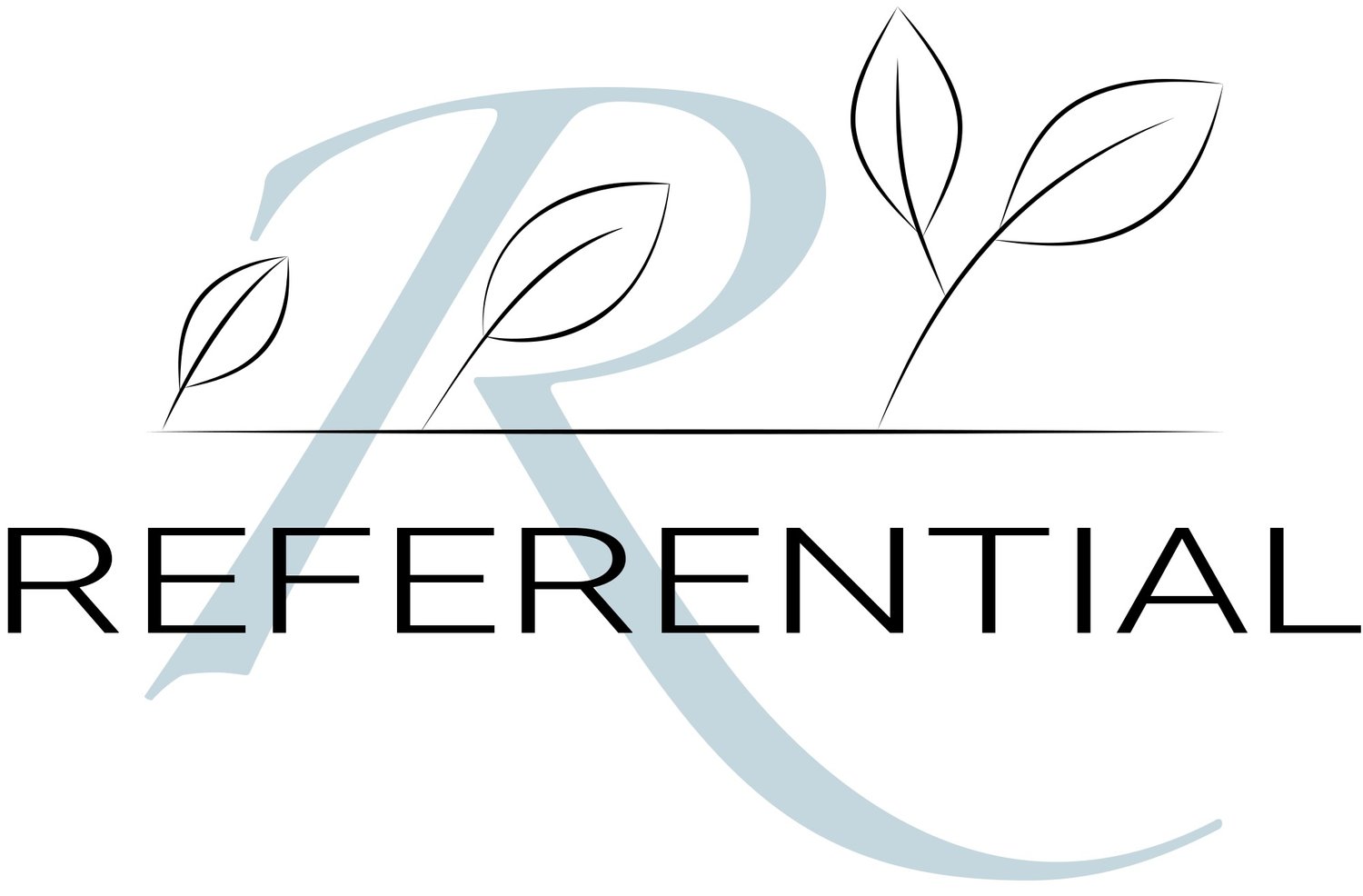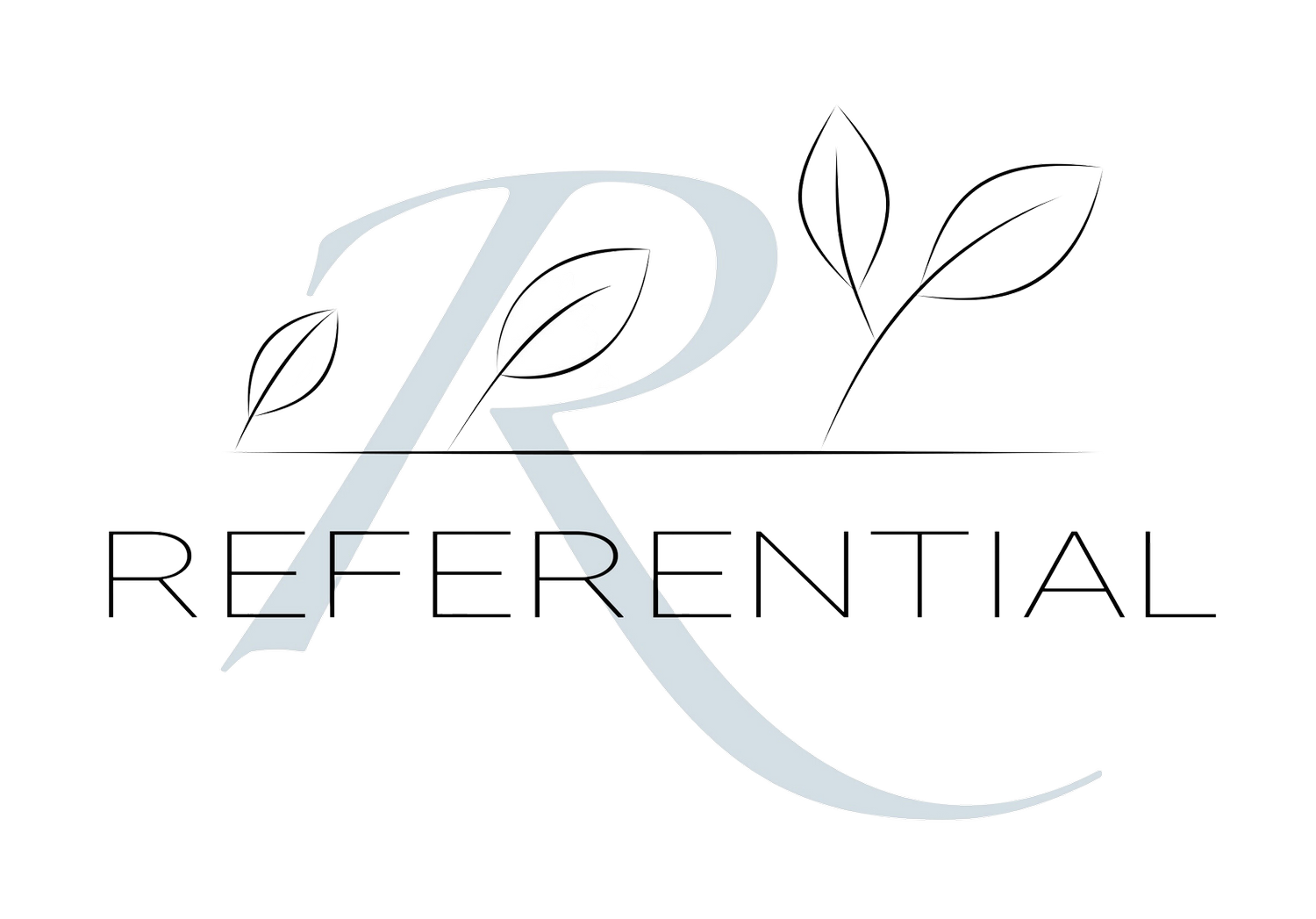Assumptive Recruiting: Getting On Their Calendar
When it comes to dating, setting a time and place for a date is always appreciated. It ensures the date will actually happen, reinforces your interest in spending time together, and avoids the nebulous "We should go to dinner sometime..." approach. Similarly, in advocacy, people appreciate directness and assertiveness, such as saying, "Let's meet this week. How does Thursday at 10am sound?"
We've all experienced the struggle of getting a response from a customer after multiple follow-ups with no reply. Sometimes emails end up in spam folders, and sometimes it's just plain busyness preventing them from reading lengthy emails. After the second follow-up, reaching out again can feel pushy, awkward, and inconvenient for the customer. To avoid this, Referential sometimes uses what I think of as an "assumptive invite" strategy.
Set the Date
Initially, I send the invitation to the advocacy program with all the necessary details and value proposition. Then, a few days later, I follow up with a more concise email focusing on the key value proposition. Finally, my last attempt is a very assumptive calendar invite. I word my message along the lines of: "Since I’m sure you’re busy, perhaps it's easier if we connect on a brief call. Are you free Tuesday at 1pm? I'll send over a calendar invite now." Then, I promptly follow up with a calendar invite.
Be Prepared to Adjust
While the proposed time might not always work for the candidate, more often than not I receive a new proposed time, achieving the same goal. This approach demonstrates that we value their input and are willing to take care of the scheduling.
This method cuts down on the back-and-forth with a customer and enables us to share all the benefits of joining the advocacy program more efficiently. I've found it to have about a 30% success rate, which is far better than simply crossing them off the list or sending another vaguely written follow-up.
The more streamlined and simple your outreach, the higher the response rate tends to be, resulting in more recruits for your program.
What tips and tricks do you have to improve your rate of recruitment?
FAQ
Q - How does the "assumptive invite" strategy differ from more traditional approaches to customer outreach and engagement in advocacy programs? Are there any potential drawbacks or risks associated with this strategy that the author has encountered?
A - The "assumptive invite" strategy represents a proactive approach to customer outreach in advocacy programs, distinct from conventional methods. To address the risk, ensure personalized communication, offer clear opt-out options, communicate value, respect boundaries, and offer flexibility. You’ll want to ensure that each communication is tailored to the individual advocate's preferences and needs; personalization helps demonstrate genuine interest and respect for their time.
Q - Beyond scheduling tactics and email communication, what other strategies or techniques does Referential employ to enhance the value proposition and appeal of their advocacy program to potential advocates? Are there any broader principles or best practices that the author recommends for optimizing recruitment efforts in advocacy programs?
A - Referential employs various strategies to optimize advocate recruitment beyond scheduling and email tactics. These may include refining value propositions, leveraging social proof, and utilizing persuasive copywriting techniques. Implementing such strategies can enhance the appeal of the advocacy program and attract a broader range of advocates, thereby improving recruitment outcomes.





In early 2025, we published our perspective on the shifts we believed would redefine customer advocacy—from stronger measurement and deeper GTM alignment to the growing role of community and storytelling. With a year of execution behind us, those predictions largely held true, but the pace and depth of change exceeded expectations. Advocacy teams are now being measured on pipeline influence, retention, and expansion, personalization has become table stakes, and community has emerged as a long-term strategic investment rather than a programmatic feature. This retrospective looks at what we got right, where our thinking has evolved, and what advocacy leaders should be preparing for as AI-driven orchestration accelerates into 2026.